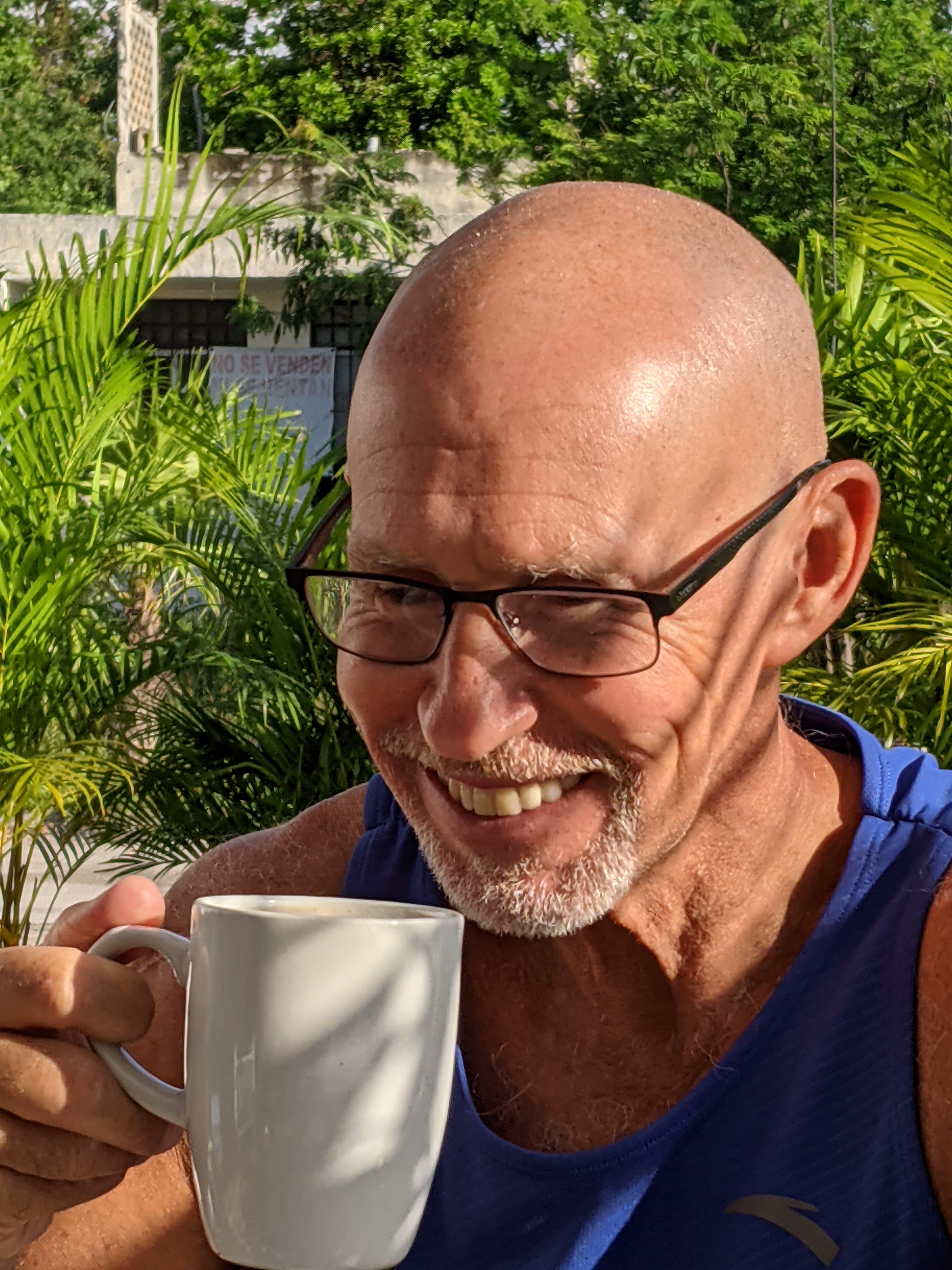For a long time, marijuana was depicted in the media as an illegal substance used to get people high. Those who smoke marijuana were portrayed as nothing more than drug users and hippies looking for a way to escape reality. As more states are beginning to allow the use of medicinal marijuana, the perceptions are being disproved in the form of “scare tactics” and replaced by evidence-based research that proves marijuana as a tool to improve wellbeing and health.
Senior citizens were born when marijuana was not legal within the United States. As a result, the generation of the golden age might be the one most ignorant of marijuana, but, paradoxically, this could be the one who reaps the greatest benefits from this plant.

Here are 10 important factors that senior citizens need to know about medical marijuana.
1. There are other ways to get marijuana used other than by smoking it.
One of the most common myths among people is that they need to use marijuana to reap the benefits of marijuana. Harvest of Tempe offers sweets with honey and liquid extracts, candies infused with honey baked goods, as well as other items to select from. Marijuana is a great addition to almost any cannabis-infused butter or oils recipe. This provides a myriad of possibilities for your medicinal. You can also look up convection vaporizer to learn about different ways to ingest marijuana.
2.Chronic Pain
Pain is a common occurrence among senior citizens. A recent NIH study declares that around 53% of older people suffer from painful pain, and 3/4 suffer from problems in several locations. Painful and uncomfortable can hinder physical activities.
The cannabinoids in marijuana work by interfering with the endocannabinoid systems (ECS), a complicated biological system that regulates various bodily functions. Cannabinoids can bind with receptors for cannabinoids present within the ECS, reduce pain, and alter the functions of other organs.
Research has shown that CBD increases anandamide, a neurotransmitter that helps reduce inflammation, pain, and hyperactivity.
3.Marijuana is safer than frequently prescribed drugs.
The majority of seniors use prescription medications regularly. They say that the “side effects” of marijuana aren’t as significant as the adverse effects of many prescription medications, and not anyone has passed away from an overdose of marijuana. A 30-year-long study has found that a person who weighs 140 pounds must consume more than 4 pounds worth of marijuana a single sitting to reach toxic levels. However, it wouldn’t be considered to be a fatal dose. The potent antioxidant properties of marijuana may help with various ailments such as liver inflammation caused by Hepatitis C and lupus IBS and a myriad of other medical conditions that are all characterized by inflammation and damage to the oxidative process.
However, just as we all take measures before and after taking medications, It is also crucial in marijuana, and you can learn more about it here, weed vaporizer.

4.Eating Disorders
Disorders of eating such as anorexia and bulimia are prevalent among older people. About 80% of deaths of older adults are because of anorexia. This means that you lose the appetite to eat due to misconceptions about body image and other psychological reasons. A poor diet can result in the risk of heart disease, bone loss, and other chronic illnesses.
Researchers have found that people who suffer from eating disorders are impaired in the endocannabinoid process, and cannabinoids could help correct it. Cannabinoids can bind to receptors of the system, thereby stimulating appetite and causing the brain to look at food as a reward.
Antipsychotics and antidepressants may assist in treating anorexia and bulimia, but they could cause a variety of side effects that may exacerbate the symptoms. Cannabis can, however, be utilized as a safe, more effective alternative to prescription drugs.
5.Nausea and Vomiting
The Cochrane study concluded, “Cannabis-based medications may be useful for treating refractory chemotherapy-induced nausea and vomiting.” A newer review suggests a lack of evidence that cannabinoids reduce nausea and vomiting compared to other drugs or placebo. The sole study to study the issue of nausea and vomiting in older adults was published in 1982 and did not find any differences among the tetrahydrocannabinol (THC) and prochlorperazine for decreasing nausea and vomiting.
6.Anxiety & Depression
Depression and anxiety are both prevalent mental disorders and can affect a person’s ability to concentrate on everyday activities. As you get older, the likelihood of having these disorders arise. A major reason for this is that senior citizens use more medication and have experienced more losses, problems with relationships, fears of death, etc. But, obsessive thoughts may result in anxiety, panic attacks, and dizziness.
Experts have discovered that it can help to treat mental health conditions like anxiety attacks that cause panic, anxiety disorders, post-traumatic stress, obsessive-compulsive disorder, and general anxiety.
7.Dementia
Dementia is a common disease that affects older adults and causes cognitive decline. Studies using Dronabinol, an oral synthetic THC and an extract from THC from plants, demonstrated that it helped improve neuropsychiatric symptoms, mood, motor activity during the night, sleep duration, and food consumption for patients who have dementia. However, only a few adverse events were noted.
8.Marijuana can boost your appetite.
One of the biggest health hazards for seniors can be the decrease in appetite, leading to weight loss. Marijuana has proven to be extremely effective in reducing nausea and a stimulant for appetite. This being said, a recent study published by the American Journal of Epidemiology finds an interesting link between marijuana usage and body weight. The study found that obesity rates decrease by around one-third in people who use marijuana at least three times per week, as compared to those who don’t smoke marijuana in any way.

9.Marijuana isn’t physically addicting.
Many older adults worry that if they try smoking marijuana, they’ll be addicted. The users can take marijuana for a long time and then quit “cold turkey.” The decision to stop using marijuana can trigger the same reaction as stopping the consumption of coffee. Many who seek pleasant and efficient relief from anxiety, chronic pain, and stress use marijuana as their primary treatment.
10.The stigma associated with medical marijuana is slowly dissolving.
Seniors make up the fastest-growing number of patients of medical cannabis. There is no motive for this than it’s working for those who are. Suppose you’re experiencing pain or discomfort and are looking for alternatives. The options are organically grown, and locally grown plant tested by a 3rd party and licensed in Arizona and is available by a responsible and ethical company that can provide you with friendly and professional service and information. Medical marijuana is an important instrument within the “wellness toolbox.” Harvest of Tempe Harvest of Tempe is here to assist.
Conclusion:
The use of cannabis among seniors has increased due to increasing public acceptance and less stigma. Medical cannabis is becoming increasingly seen as an effective treatment of chronic pain and insomnia. It’s essential to have a thorough discussion with your physician regarding the potential risks to your health, especially in cardiac conditions taking multiple medications or suffering from cognitive impairment because of age. Learn (and your physician) to the greatest extent you can about cannabis before beginning using it. The majority of the negative consequences of cannabis use are dose-related, which is why it is crucial to understand what strength cannabis you’re taking as well as take care to “start low and go slow” Start at the lowest dose that is effective and work towards an amount that relieves the symptoms you experience with a minimum of adverse negative effects.
Author: Harry Darrenk, A commerce student who is passionate about finance, tech, investment, social and other economic topics. He is always on the hunt for gaining knowledge about relatively unknown topics and tries to do thorough research before writing about any topic.”

Norm Bour started VapeMentors in 2013 and since then has consulted in every sector of the Vape and CBD space worldwide. He is a recognized author, speaker, and trainer.
